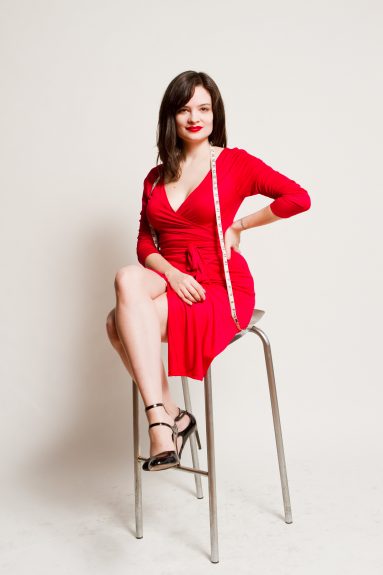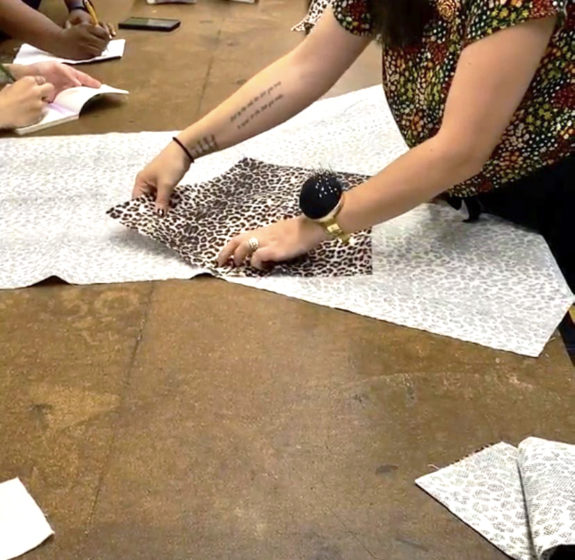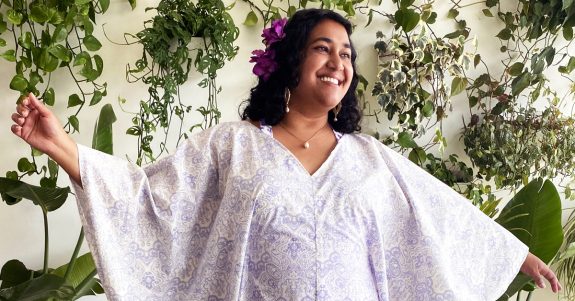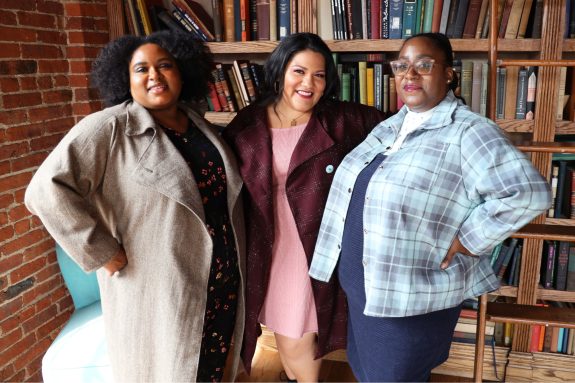Believe it or not, there was life before Forever 21.
Clothing was not only not disposable, but also not available at the drop of hat (or a credit card). Fashion was an investment — clothing took time to make, so people cared for their garments in order to extend the life of their closet. In this post, we’ll take a brief journey into life before fast fashion:
A Very Brief History of Fashion
For most of (Western) history, “fashion” was reserved for only the wealthiest people — kings, queens, and aristocracy. Fashion was expressive — a way to show off position and standing. Clothing, on the other hand, was functional. Most people just wore their fabric to keep themselves (relatively) clean, warm, and protected. As time inched toward the late 19th and earliest 20th century, however, manufacturing made fashion slightly more accessible to “all,” where “all” still mostly included the upper echelon of society. Textiles were more readily available, and dyes were less of a precious commodity. As wealth increased among the middle class, so too did access to fashionable clothing. Garments, however, were still made to order. Women had to know how to sew, or at least have the money to pay someone who did, as pre-made clothing was still a few years away. The Encyclopedia of Fashion shares that, during this time, people would take apart the high-fashion garments coming out of Paris to create patterns, allowing people to create their own versions. However, this still needed to be done in the home or by tailor.Fashion Gets Faster
The combination of the sewing machine and factory production lines helped push the ready-to-wear industry into the fore.Men’s clothing was the first clothing to be mass-produced. But women’s clothing lagged behind in terms of technology. According to the Encyclopedia of Fashion, the first mass-produced piece of women’s clothing was the shirtwaist, which, per Wikipedia, was “a separate blouse constructed like a shirt.” As shirts were originally menswear, it makes sense that this would be the first piece of women’s clothing that was mass-produced.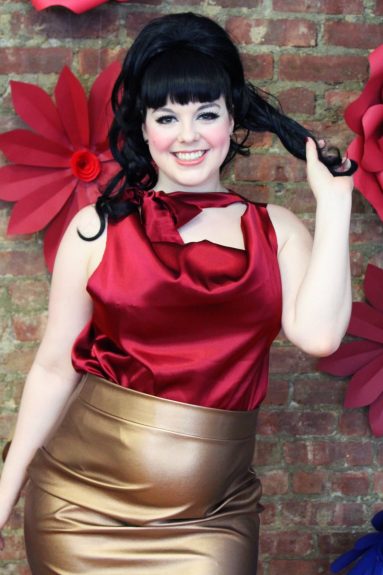
The Influence of “Standard Sizing”
It wasn’t until the 1940s that “standard sizing” came into being — the Small, Medium, and Large we know of today were based off of the measurements of 15,000 women, most of whom were white and smaller than the average. Per a Time article about the problematic history of sizing, standard sizing “measurements still primarily relied on bust size, assuming women had an hourglass figure.” It was necessary, however, to figure out standard sizes for manufacturers, because, by this time, department stores were using catalogs to sell clothing to women all around the country, even in rural areas. They couldn’t take the measurements of everyone and custom-tailor clothes; there would be no way to cater to everyone and still make a profit.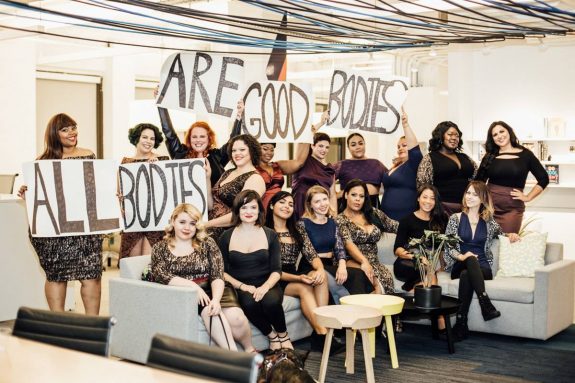
Fast Fashion
Globalization led to another innovation in the garment industry, making it even easier for retailers to turn a profit — and quickly. By the 1980s, fast fashion hit the scene. Instead of long trend cycles, where styles could last several years before turning over, fast fashion meant that trends could travel from the runway to the stores within days, and the shelf-life of a given style could last only a few weeks, if that. This really picked up speed in the late 90’s and early 2000s. Now, just a few years later, it feels like the norm. Millennials in particular have known almost nothing except mass-produced, standard-sized clothing, meaning that they have grown up with no concept that clothes should fit the person, and not the other way around.Want trendy without the ethical issues? Check out SmartGlamour’s 2017 Fall runway looks!
Fast fashion is problematic in a number of other ways too, as it encourages overconsumption and unethical sourcing, production, and disposal.A Happy Medium Between Ready-to-Wear and Custom Tailoring
At SmartGlamour, we strive for a happy medium between off-the-rack fashion and a custom tailored feel. We offer trendy clothing, but there’s no “one size fits all” here — we take into account all bodies and strive to make clothing that fits you, and not the other way around.The bridge between the two is size customization. That means that you get to pick the style that speaks to you, but then order specific sizes for your sleeves, waistband, hemline, inseam and more. But if you really want a throwback (and an outfit made for you), then you can have the entire garment custom tailored for a small fee.